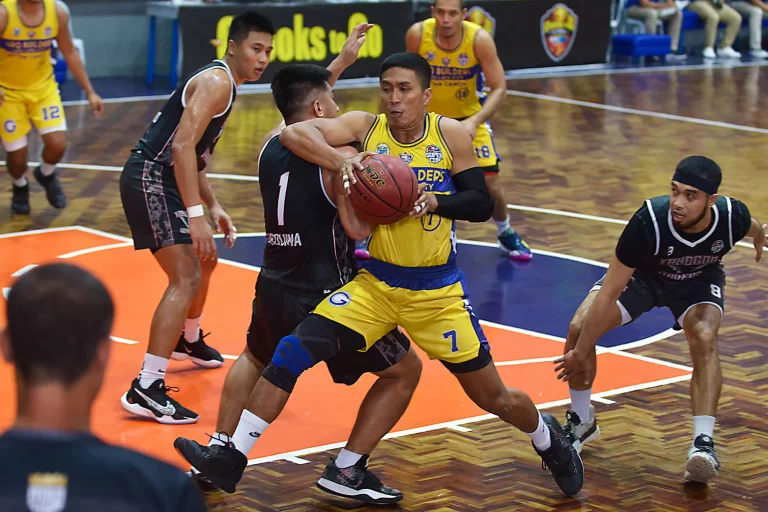This is the end of the four-part series of Media and Information Literacy Education in the Philippine Classrooms. As reiterated, Media and Information Literacy (MIL) education in the Philippines is evolving. This article delves into extracurricular activities as an important key factor in playing a crucial role in shaping students’ ability to critically engage with media and information. From school clubs to community workshops, these initiatives are making a lasting impact on the media literacy of Filipino youth.
Boosting Media Smarts: Extracurricular Activities for Filipino Students
Media and information literacy goes beyond the four corners of the classroom. In the Philippines, it could get a boost from all sorts of activities outside school hours. These real-world experiences are helping students become proficient in media and information. As a result, they become skilled in thinking critically and consuming media responsibly.
Why Media Literacy Matters Beyond the Classroom
Classroom lessons lay the groundwork, but extracurricular activities are where students put those lessons into practice. Yes, students learn the key principles of MIL in the classroom but in order to apply these lessons, they have to adapt those key takeaways in their daily lives.
School Clubs: A Creative Space for Learning
Students must see the beauty of learning MIL through a community. Schools could better provide these avenues through organizations. In this way, they learn camaraderie and hard work towards passion. Here are some examples:
• Media Clubs: These clubs are like mini-media studios. This is where students produce newspapers, and videos, and manage social media. They’re learning the ropes of media production and the responsibility that comes with it. Furthermore, this could be a good training ground for them so that when they become professionals themselves they have an idea of what good content is, how to apply good media ethics, and the like.
• Debate and Journalism Clubs: These clubs encourage students to dig into topics, analyze information, and present their findings. They’re getting hands-on experience with fact-checking and ethical reporting – essential skills in the age of information overload. Also, these clubs help students to sharpen their critical thinking skills and writing skills.
Workshops and Training Programs: Learning by Doing
As discussed in previous articles, community engagement can foster an environment to normalizes clean and responsible media and information consumption. They can validate what students can learn and provide more avenues for students to learn beyond their school premises.
• Meriam’s Online World: This program by the National Council for Children’s Television offers workshops for teachers and students. It focuses on responsible media consumption and production. This is a fun and engaging way to understand the importance of media literacy in our digital world.
• #DigiTalino Program: This gamified training program has reached thousands of Filipinos, including students. It teaches them how to spot fake news and misinformation through interactive sessions and storytelling.
• Mindanao Youth Training: In Mindanao, workshops are helping young people become critical thinkers about the information they encounter. This is especially important in regions where fake news can have serious consequences.
What do these initiatives have in common? They care about student’s vulnerability of being victims of misinformation.They understand that a responsible and well-informed citizenry that can affect other people’s lives depends on the critical thinking capacities of all people. Hence, it is a good net effect that they’re contributing to the Philippines and to the whole world.
Reaching Communities: Media Literacy for All
As previously discussed, there is a stark digital divide among communities based on geography and socio-economic status. So, there are organizations that ensure everyone gets media and information literate.
For example, The National Endowment Fund for Children’s Television supports educational
TV programs for kids. Meanwhile, the ASEAN Digital Literacy Programme is training instructors who then teach media literacy in their communities. These efforts ensure that even those in remote areas get access to essential training.
We have to understand that education is a right, not a privilege for the few. So, all key stakeholders must create ways for MIL education access to be inclusive and affordable. They are doing this great cause because they believe that every person despite of any background can contribute to social greatness in any possible way that they can.
The Proof is in the Results
Studies have shown that while high school students are active on social media, they often lack the skills to create quality content. In other words, it is not enough anymore to consume and scrutinize media whether it is credible or not. The real proof of whether students learn from MIL is that they create information that contributes to the well-being of society.
This emphasizes the need for extracurricular activities that give them practical experience. Programs like #DigiTalino have reported success in raising awareness and improving critical thinking among participants.
The Bottom Line
Extracurricular activities are proving to be a game-changer for media literacy in the Philippines. It is proven that school clubs and community initiatives prepare students to gain the skills they need to navigate the complex world of media. As the digital landscape keeps changing, these activities are crucial in ensuring that young people are prepared to be informed and responsible citizens.
This press release has also been published on VRITIMES



